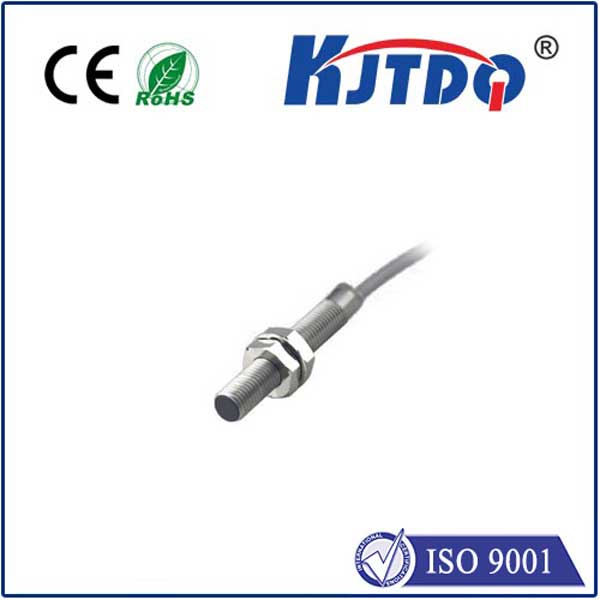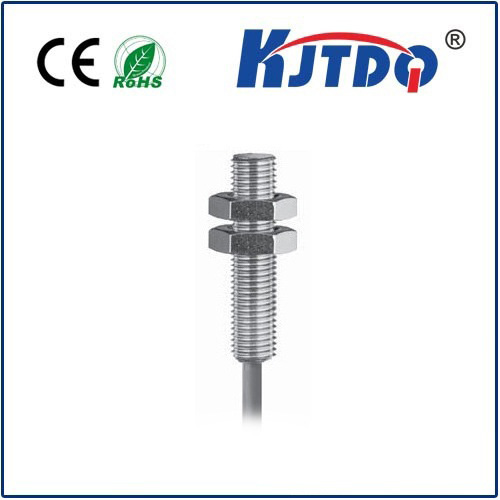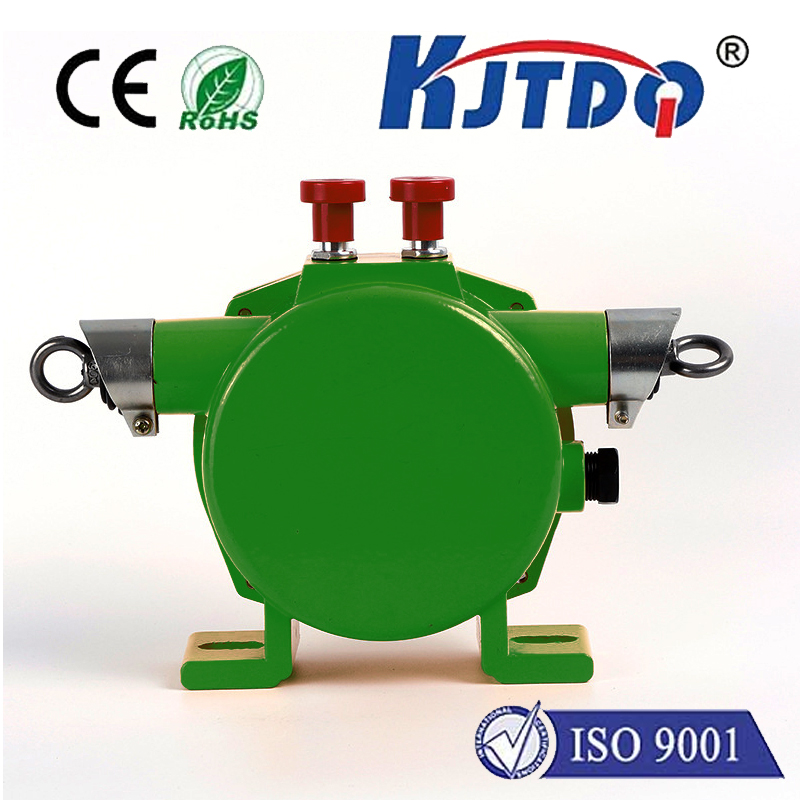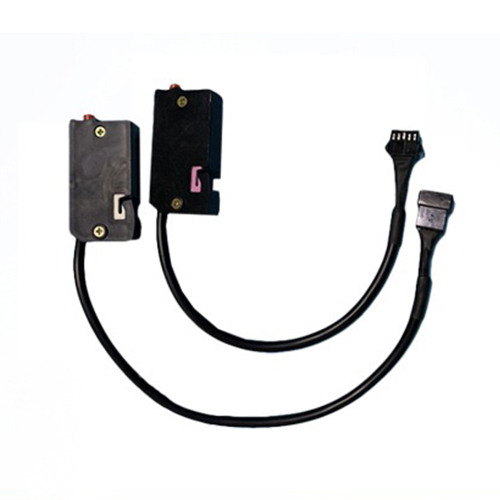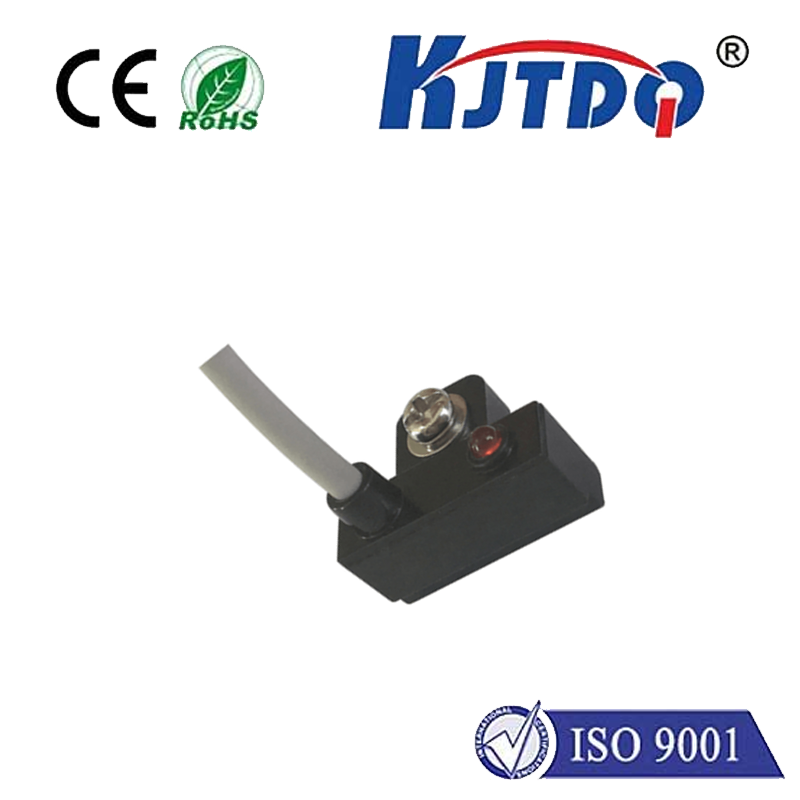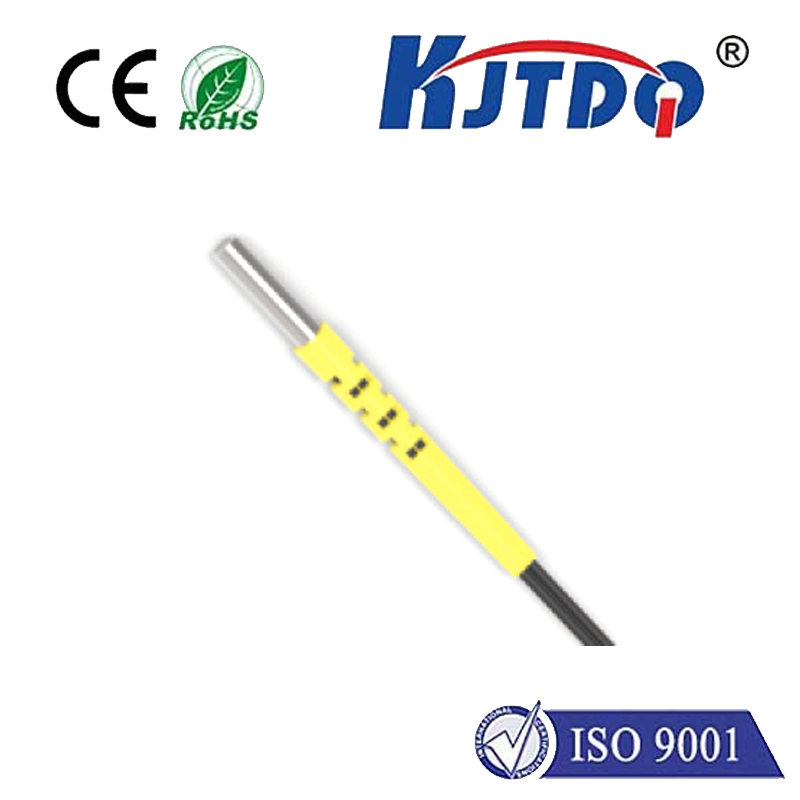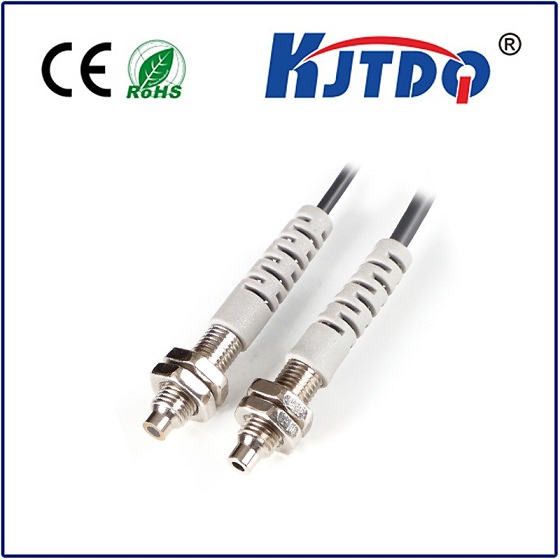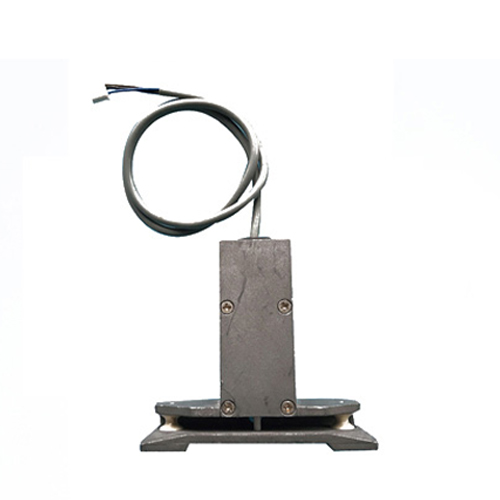hall effect voltage sensor
- time:2025-06-13 02:18:37
- Click:0
Hall Effect Voltage Sensors: Revolutionizing Contactless and Isolated Measurement
The relentless drive towards smarter, safer, and more efficient electronic systems demands precise voltage monitoring solutions. Traditional methods, while functional, often involve direct contact or introduce significant circuit loading and safety concerns. Enter the Hall Effect Voltage Sensor – a sophisticated device leveraging fundamental physics to provide isolated, contactless, and highly reliable voltage measurement, becoming indispensable across countless modern applications.
Unveiling the Core Technology: The Hall Effect Phenomenon
Discovered by Edwin Hall in 1879, the Hall Effect describes the generation of a voltage difference (the Hall voltage, V_H) across an electrical conductor or semiconductor when it carries a current and is subjected to a perpendicular magnetic field. This voltage is directly proportional to both the strength of the applied magnetic field (B) and the current (I) flowing through the material: V_H ∝ I x B.
Hall Effect Voltage Sensors harness this principle. They don’t measure voltage directly through contact like a voltmeter. Instead, they cleverly convert a voltage input into a proportional magnetic field, which is then detected by a Hall element.

How Hall Effect Voltage Sensors Translate Voltage
- Voltage-to-Current Conversion: The primary voltage (V_in) to be measured is applied across a precision, high-impedance input resistor (R_in) integrated within the sensor module. This creates a proportional sense current (I_sense) according to Ohm’s Law: I_sense = V_in / R_in. This high input impedance is key, as it minimizes the load on the circuit being measured – a major advantage over shunt resistors.
- Current-to-Magnetic Field Generation: The sense current (I_sense) flows through a conductor loop or coil situated very close to the Hall sensing element. This current generates a proportional magnetic field (B) perpendicular to the plane of the Hall chip.
- Hall Voltage Generation: The Hall element, strategically placed within this magnetic field, generates a Hall voltage (V_H) proportional to B.
- Signal Conditioning & Output: The raw Hall voltage is tiny and requires amplification and conditioning. Modern integrated Hall Effect Voltage Sensors incorporate sophisticated on-chip signal processing. This typically includes:
- Low-noise Amplifiers
- Temperature Compensation Circuits (crucial for accuracy)
- Offset Nulling Circuits
- Final Output Stage (can be analog voltage, current, or digital like PWM or I2C)
The final output signal (V_out) is proportional to the original input voltage (V_in), scaled according to the sensor’s specified ratio (e.g., 1:1000, 0-5V output representing 0-500V input). Critically, the input voltage circuit and the output circuit are galvanically isolated.
Why Choose Hall Effect Voltage Sensors? Key Advantages
The unique operational principle of Hall Effect Voltage Sensors delivers compelling benefits:
- Galvanic Isolation: This is arguably the most significant advantage. The input (primary) and output (measurement) circuits are electrically isolated, often rated for thousands of volts (e.g., 2.5kV, 4kV RMS, or higher). This:
- Prevents ground loop issues. Crucial in complex systems and noisy environments like industrial drives.
- Protects sensitive measurement circuitry (like microcontrollers) from high-voltage transients or faults on the primary side.
- Enhances system safety by preventing high voltages from reaching the user interface or control side.
- Low Insertion Loss & High Input Impedance: Unlike shunt resistors, which dissipate significant power (I²R loss) and load the circuit, Hall sensors draw minimal current through their high-impedance input resistor. This preserves system efficiency and avoids distorting the measurement point.
- Contactless Measurement: Measurement occurs without physical electrical contact with the measured voltage line, enhancing long-term reliability and safety.
- Wide Bandwidth: Many Hall sensors offer bandwidths from DC up to several hundred kHz, enabling them to accurately track dynamic voltage waveforms, including PWM signals common in motor drives and power converters.
- DC and AC Measurement: Capable of measuring both DC voltages and AC waveforms seamlessly.
- Compact Size and Ease of Integration: Modern Hall Effect Voltage Sensors are often available as small SMD (Surface Mount Device) packages or compact modules (e.g., LV series), simplifying design-in for space-constrained applications like PCBs in servers, telecom power supplies, or battery management systems (BMS).
- Excellent Accuracy and Linearity: Advanced designs achieve high accuracy (often ±1% or better) and excellent linearity across their operating range, making them suitable for demanding measurement tasks.
Ubiquitous Applications: Where Precision Isolation Matters
Hall Effect Voltage Sensors are vital components in diverse sectors:
- Industrial Automation & Motor Drives: Monitoring DC bus voltage, AC input voltage, and inverter output voltage in VFDs (Variable Frequency Drives) and servo drives. Essential for control and protection (over-voltage, under-voltage detection).
- Renewable Energy Systems: Measuring DC link voltage in solar inverters, battery voltage and currents in solar charge controllers and Battery Management Systems (BMS) for EVs and energy storage.
- Uninterruptible Power Supplies (UPS): Monitoring battery voltage levels, input AC line voltage, and output voltage for control and status reporting.
- Power Supplies (SMPS): Providing isolated feedback for voltage regulation in Switch-Mode Power Supplies, enhancing safety and noise immunity.
- Electric & Hybrid Vehicles (EVs/HEVs): Critical for monitoring high-voltage traction batteries, DC link voltages in motor controllers, and auxiliary system voltages with inherent isolation.
- Building Automation & Smart Grids: Measuring voltage levels in power distribution systems, energy meters, and smart lighting controls.
- Test & Measurement Equipment: Providing isolated voltage monitoring channels in oscilloscopes, data loggers, and power analyzers.
Selecting the Right Hall Effect Voltage Sensor: Crucial Parameters
Choosing the optimal sensor requires careful consideration:
- Input Voltage Range: Must cover the maximum expected voltage, including transients.
- Output Type & Range: Analog (Voltage e.g., 0-5V, ±4V, or Current e.g., 4-20mA) or Digital? Compatible with ADC range?
- Isolation Voltage Rating: Must meet or exceed the system’s safety requirements.
- Accuracy and Linearity: Specified over the operating temperature range.
- Bandwidth: Sufficient to handle the signal dynamics of the application.
- Supply Voltage: Typically +5V or ±12V/±15V.
- Temperature Range: Must operate reliably in the application’s environment.
- Response Time: Important for fast protection circuits.
- Package Type & Mounting: PCB footprint compatibility (SMD, through-hole, module).
- Cost: Balancing performance needs with budget constraints.
Hall Effect Voltage Sensors represent a paradigm shift in voltage measurement, moving beyond the limitations of direct-contact methods. By transforming voltage into a proportional magnetic field detected via the Hall effect, they deliver inherent galvanic isolation, minimal circuit loading, wide bandwidth, and robust performance. As electronic systems grow more complex, efficient, and safety-conscious, these sensors have become fundamental building blocks, enabling precise, reliable, and above all, safe voltage monitoring in everything from industrial giants to the electric vehicles and smart devices shaping our future. Their ability to operate contactlessly across an isolation barrier, accurately measuring both DC and AC waveforms, ensures they will remain at the forefront of power electronics and control system design for years to come.






